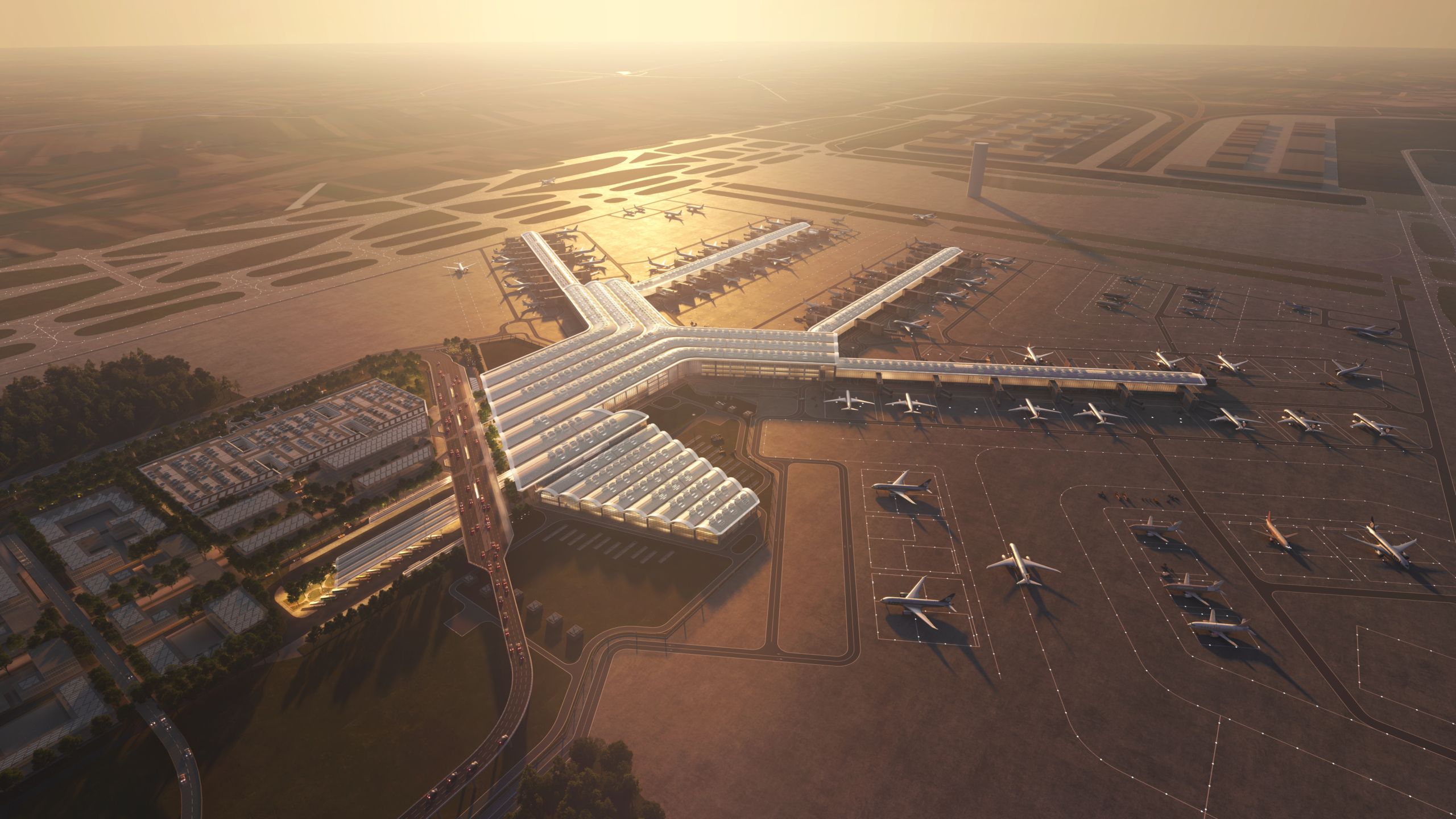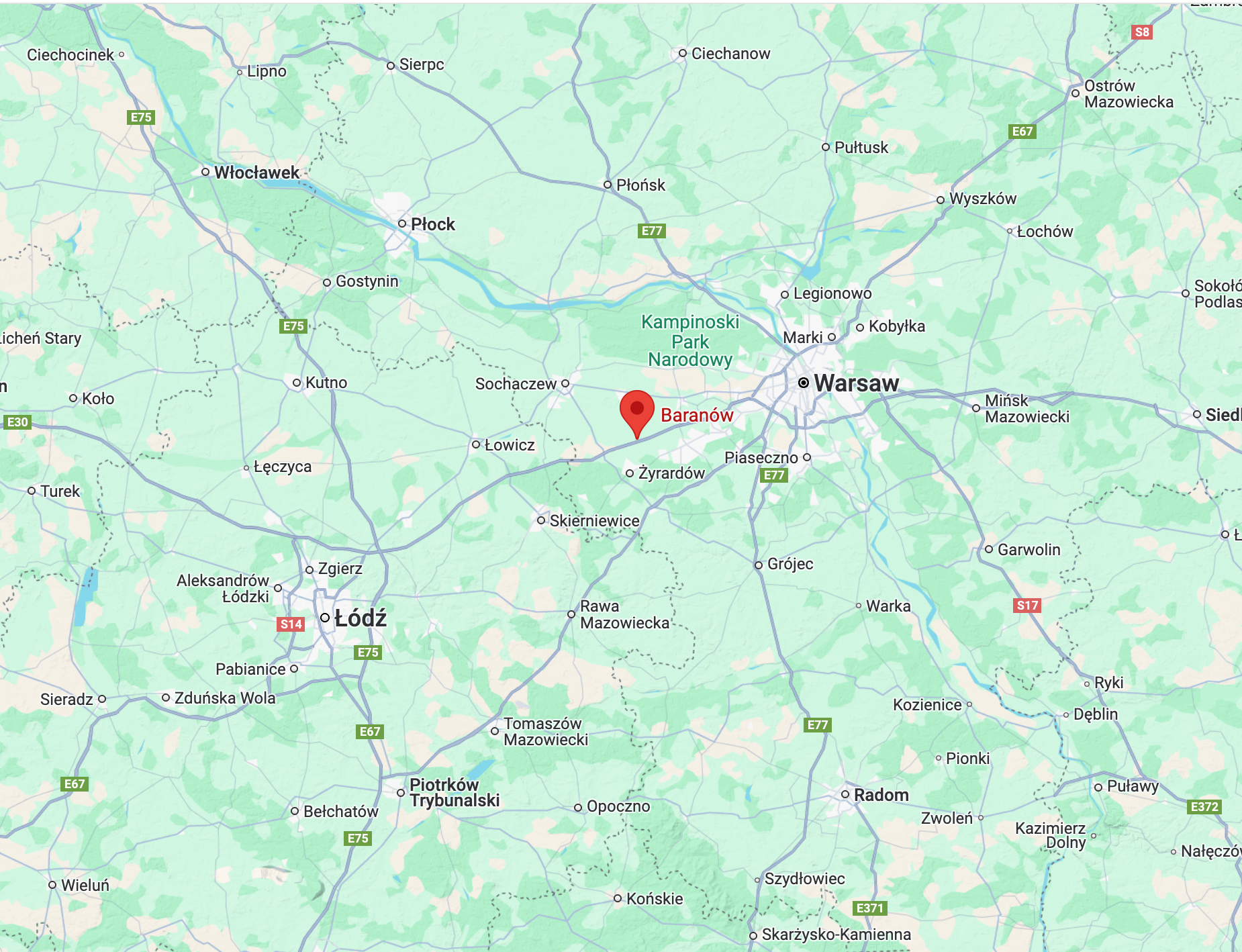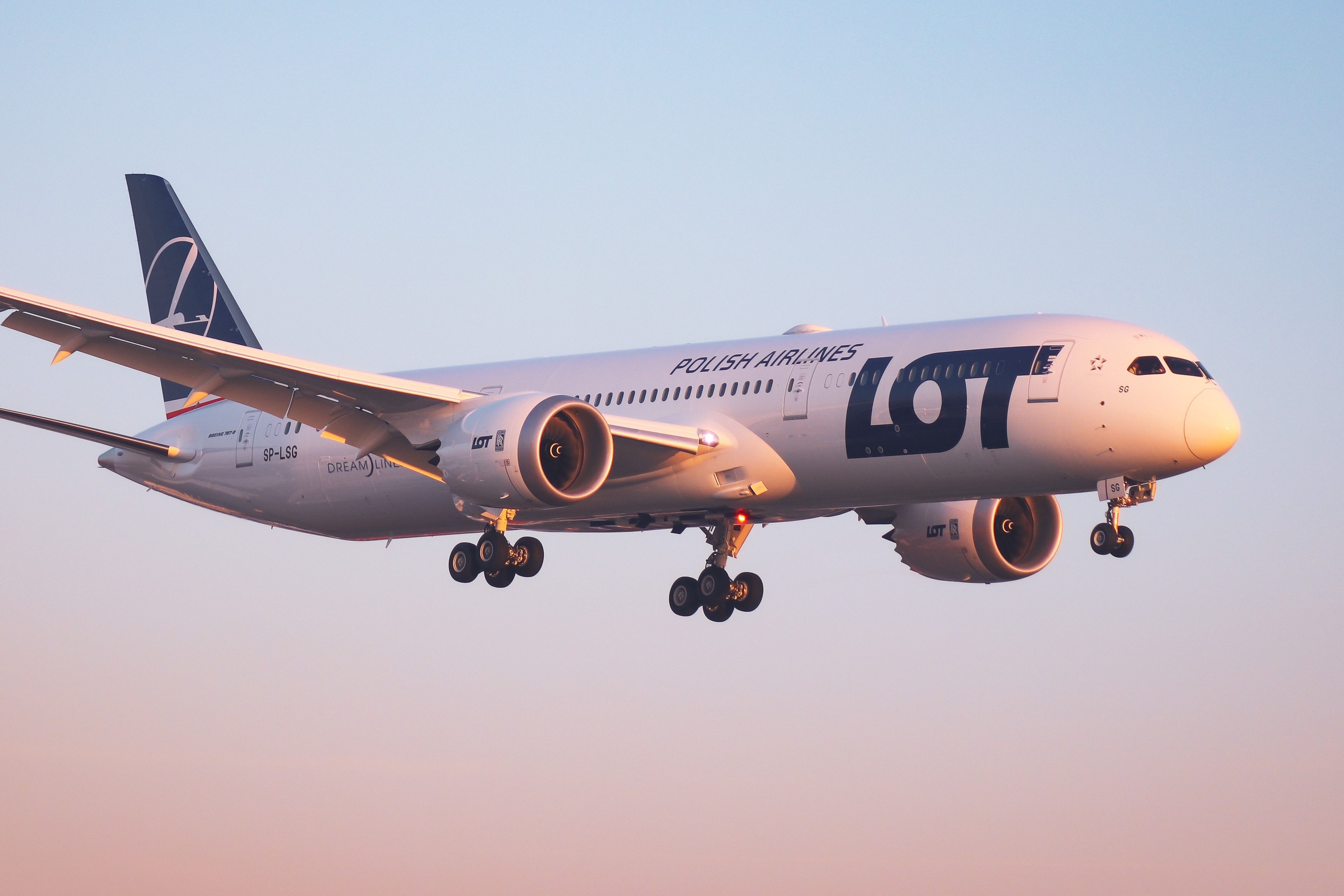Poland’s new central transport hub, the Central Communication Port (CPK), will become the country’s largest airport once construction is completed by the end of 2032. The project has entered a new phase. The final designs for the new airport, railway station, and public transport interlinked hub were submitted, paving the way for construction to begin. Groundwork is expected to start in 2026.
Initially, the new facility was meant to replace Warsaw’s two airports, namely Warsaw Chopin Airport
(WAW) and Warsaw Modlin (WMI), used primarily by Ryanair. However, recent elections in the country caused both a change in government away from the Law and Justice Party (PiS) and a change in stance. The new pro-European coalition, led by Donald Tusk, revised the plan to allow the new facility to complement existing Warsaw airports rather than replace them outright.
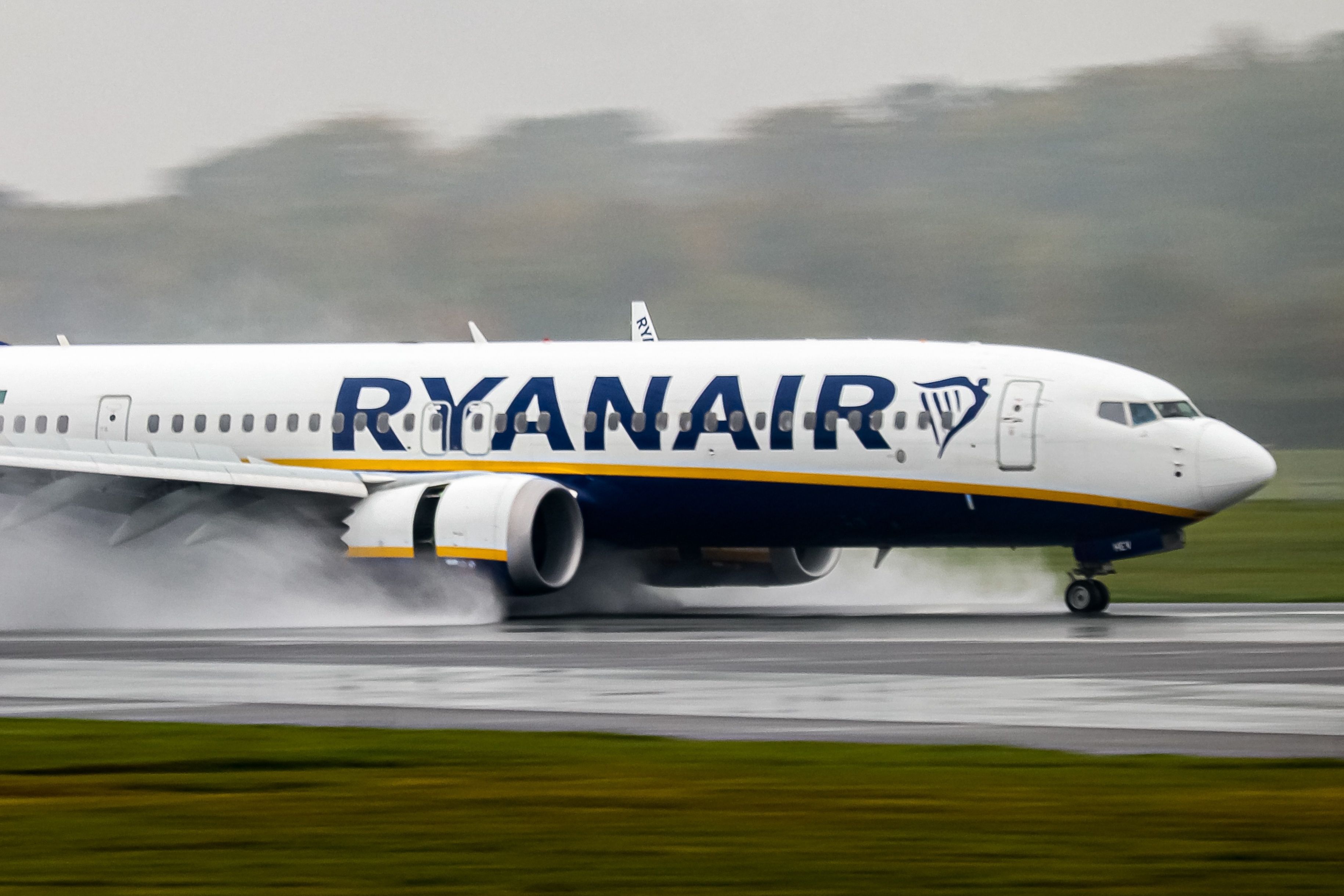
Related
Why Ryanair Has So Much Influence At European Airports
Aviation experts weigh in on the ultra-low-cost carrier’s impact in the region.
Approved to the next phase
Aside from the airport, the new inter-modal transport hub will benefit from a train station, including high-speed connections to several cities in Poland such as Warsaw and Łódź, for which the line’s inauguration will coincide with the airport’s opening. A new bus station will also be built. Dariusz Klimczak, Minister of Infrastructure said:
Under the Ministry of Infrastructure, we are advancing the updated CPK project, crucial for Poland. Building permit drawings are ready for submission, and design work is nearly complete.
The new airport will be built around the municipalities of Baranów, Teresin and Wiskitki, as shown in the map below.
Photo: Google Maps
Nearly 500 designers contributed to the initial blueprints for the terminal, railway and bus stations. In total, 6250 design drawings were received, as well as over 50 reports. Inevitably, these are still being studied and evaluated. Maciej Lasek, Government Commissioner for CPK, commented:
This is another milestone in the construction and launch of the new airport. This investment will drive Poland’s economic growth and strengthen the market position of the national carrier, LOT Polish Airlines,
A long-haul transit hub
Poland plans to make its new transport hub a significant European gateway for transit traffic. Currently, important stopover points on the continent include London Heathrow (with the main airline in that respect being British Airways), Frankfurt and Munich (Lufthansa), and Madrid (Iberia), to name a few. Poland hopes to capitalize on the potential of connecting traffic, anticipating a transit rate of 40% of all passengers counted by the new facility.
This will coincide with continued growth by the country’s main airline, LOT Polish Airlines. In the short-term, it plans to expand its regional fleet with more E195-E2s. Looking into the future, other objectives include growing its 737 MAX fleet by 11 examples by the middle of next year, contributing to its ambition to double its fleet by the end of 2028.
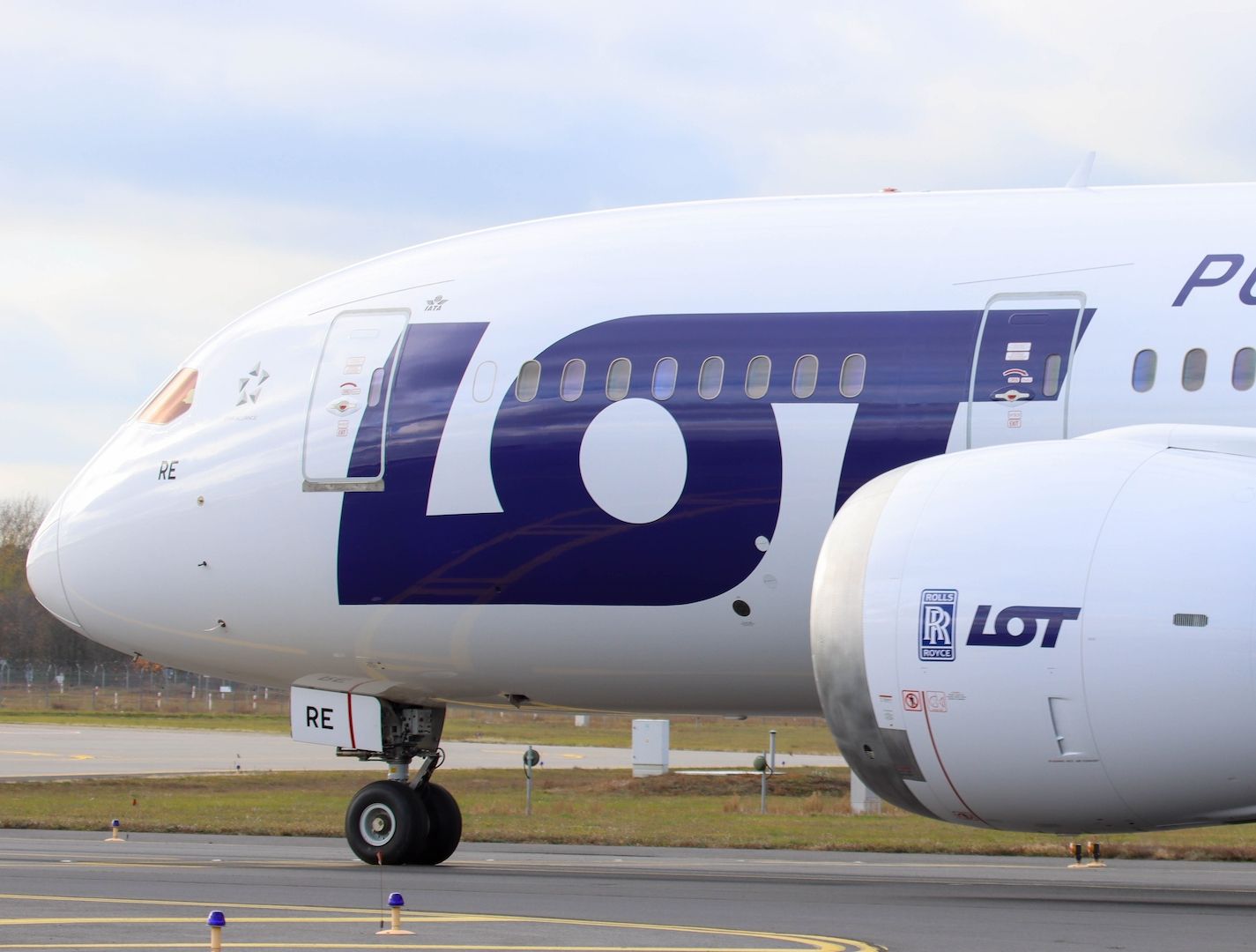
Related
LOT Polish Airlines Wants To Grow Its Fleet 50% By 2028
LOT Polish Airlines has outlined ambitious growth plans, including the future aircraft fleet options.
Photo: LOT Polish Airlines
Warsaw Chopin handled just 18.5 million passengers last year. According to CPK, the new airport will handle 34 million passengers per year. The construction of the facility will be phased, with initial sectors including the Northern Pier (B) which is for long-haul flights to non-Schengen countries, while central piers (C and D) will have “flexible functionality to accommodate flights to both Schengen and Non-Schengen zones.” There are other piers to come to, including the southern (E), the northwestern (A) and southwestern (F) which will come in later phases. Building permit documentation is being prepared for Pier E.
Other key characteristics of the new hub in the first phase include:
- 27 contact stands for narrow-body aircraft
- 23 stands for widebody planes of which 18 are MARS-type flexible stands meaning either two narrowbody planes can use it instead
- Between 50 to 68 stands equipped with boarding bridges will be available, compared to WAW which has capacity for just 27 aircraft
Massive space
The passenger terminal will cover 450,000 square meters and be divided into three levels. Level 0 will accommodate Schengen and non-Schengen bus gates, as well as the baggage claim area and arrivals hall. Level 1, meanwhile, is dedicated to non-Schengen flights for both arrivals and departures and will have a transfer center and passport control facilities.
Finally, Level 2 will have tickets and baggage check-in and security screening and will act as an arrivals and departures zone for Schengen flights. Some non-Schengen arrivals will also use this terminal. The airport will have a capacity for 11,000 passengers per hour, with 140 check-in and baggage drop counters available during the first phase. Further down the line, the CPK will feature an additional check-in island, bringing total counter capacity to 170.
Photo: CPK
According to Lasek, the project’s planned cost will be approximately $32.5 billion. While this is expected to be a great boost to the country’s economy and prestige, the cost is not insignificant.

